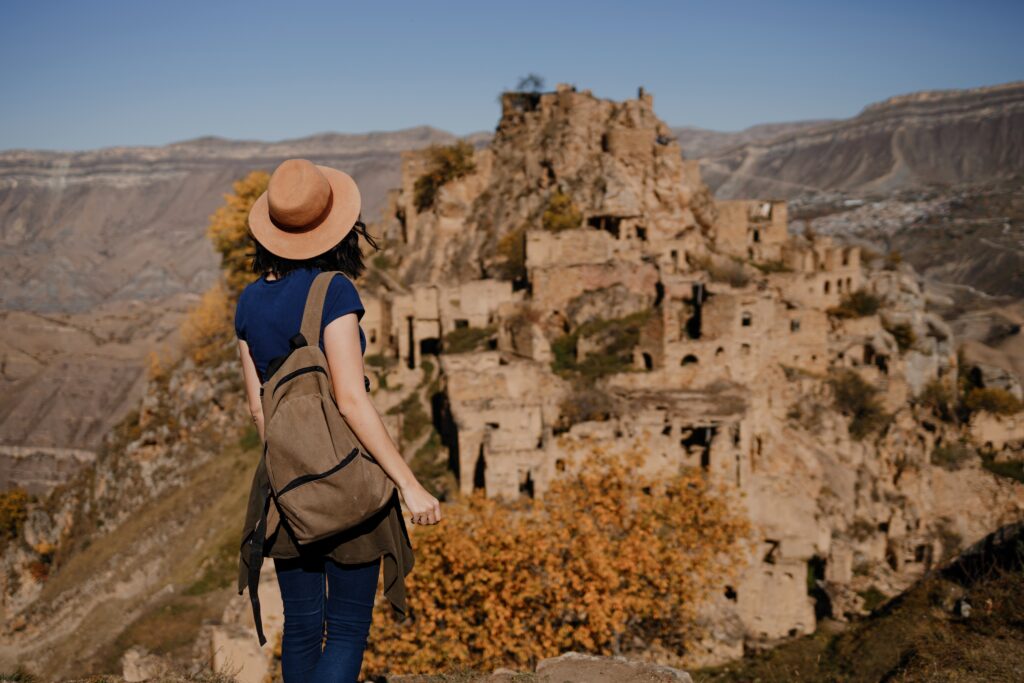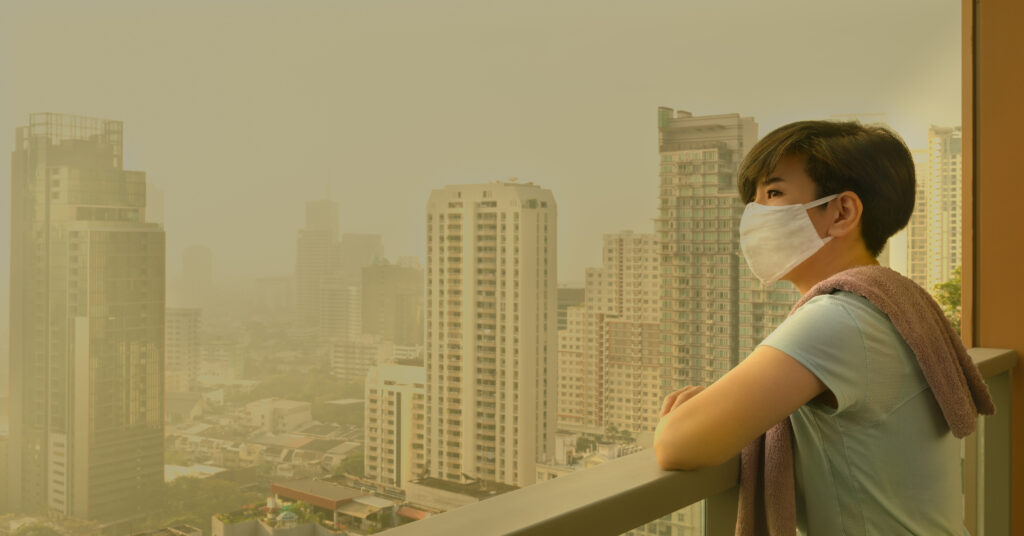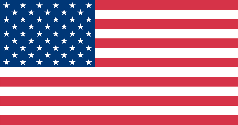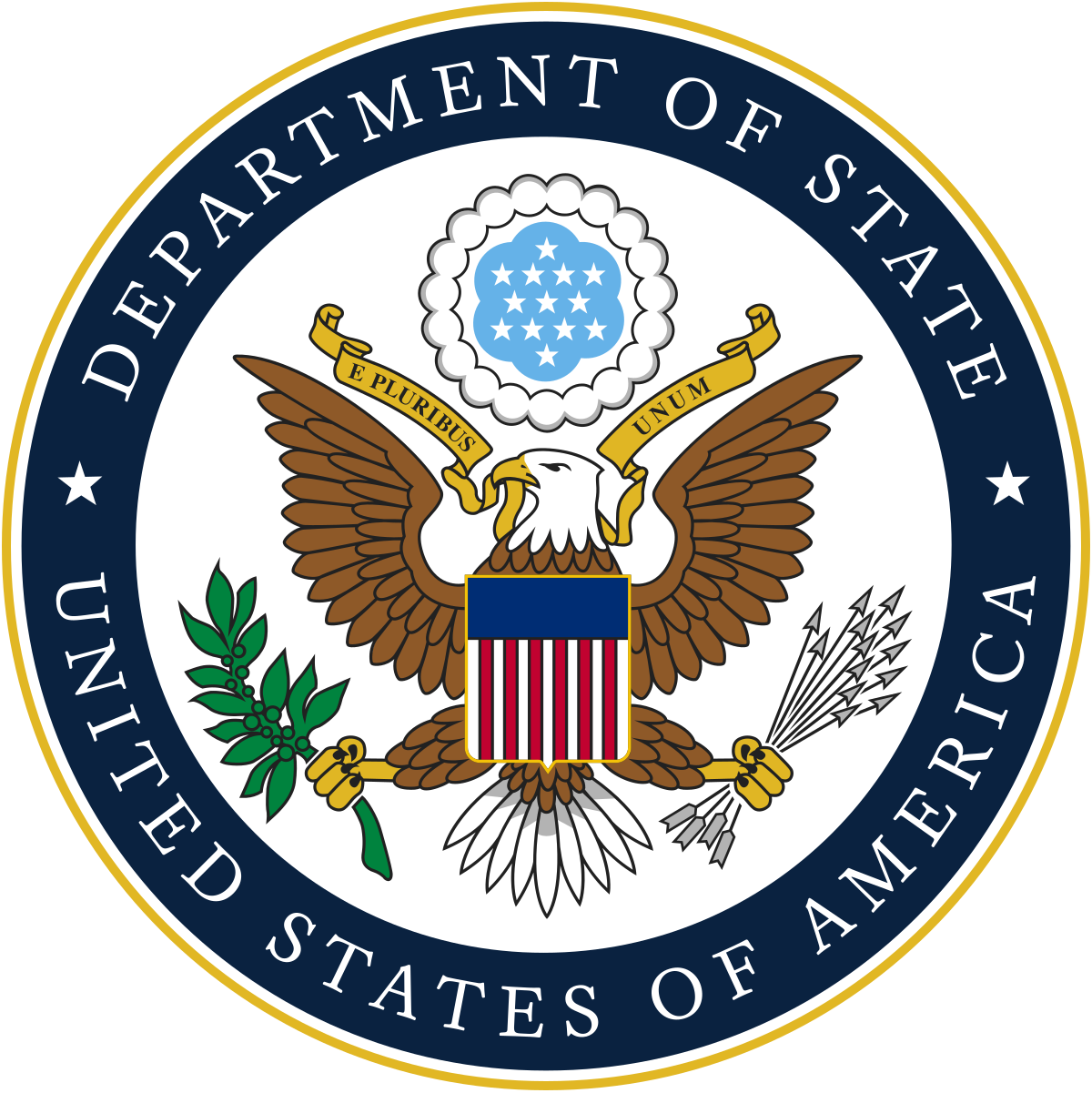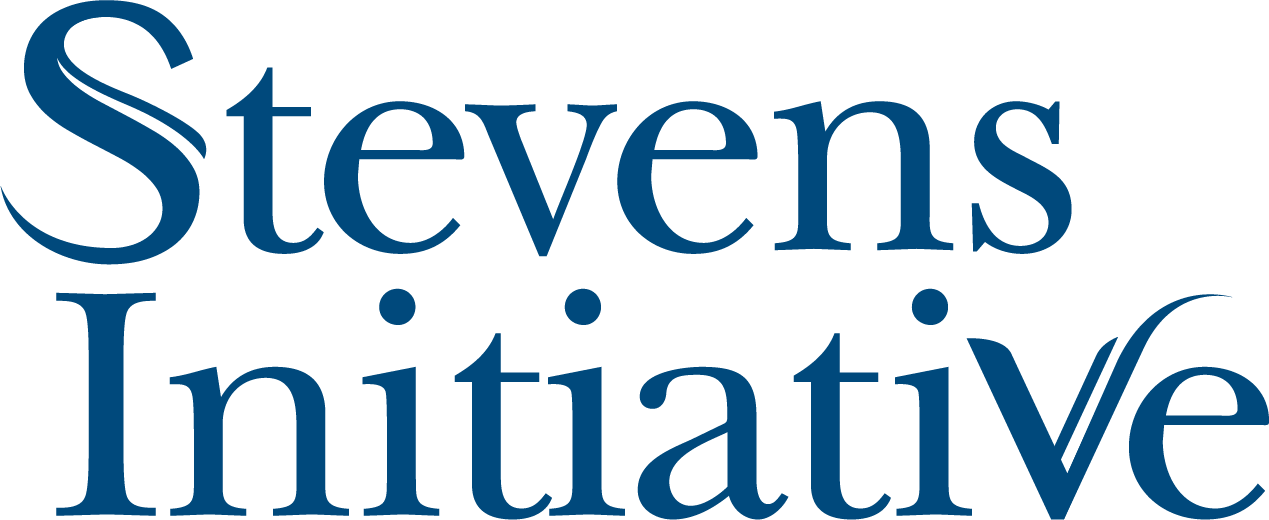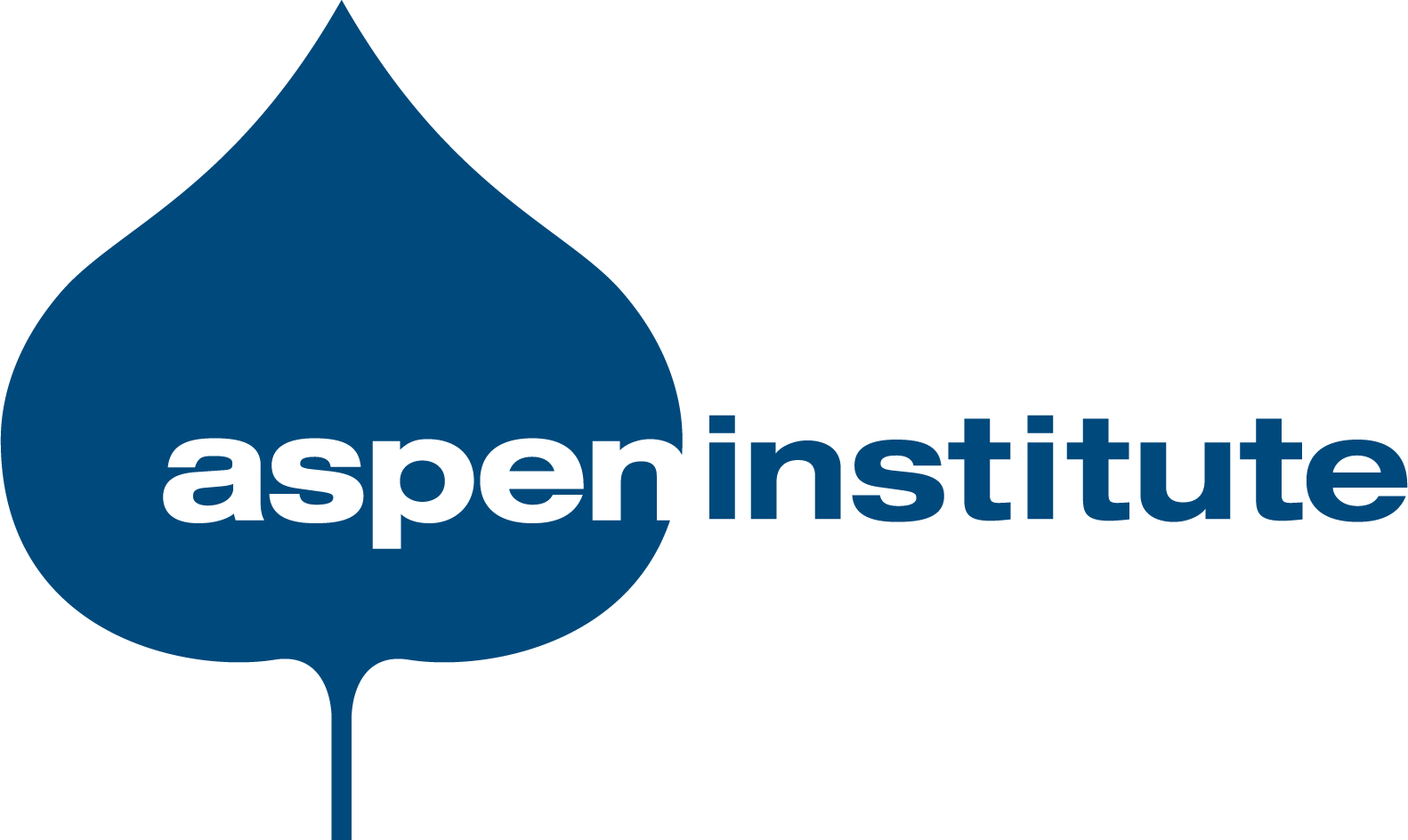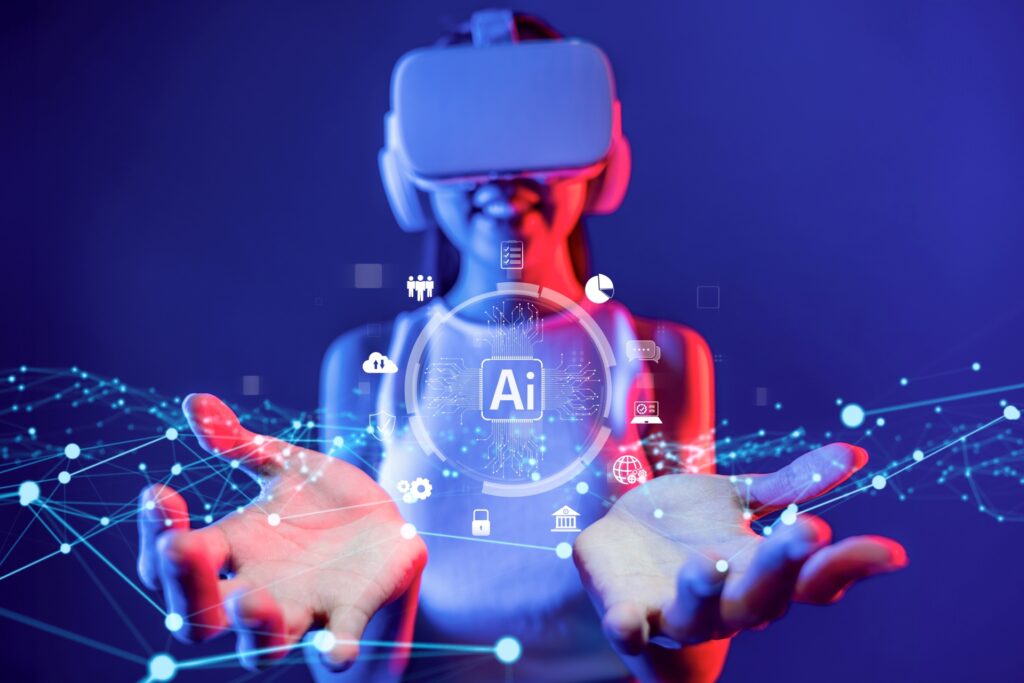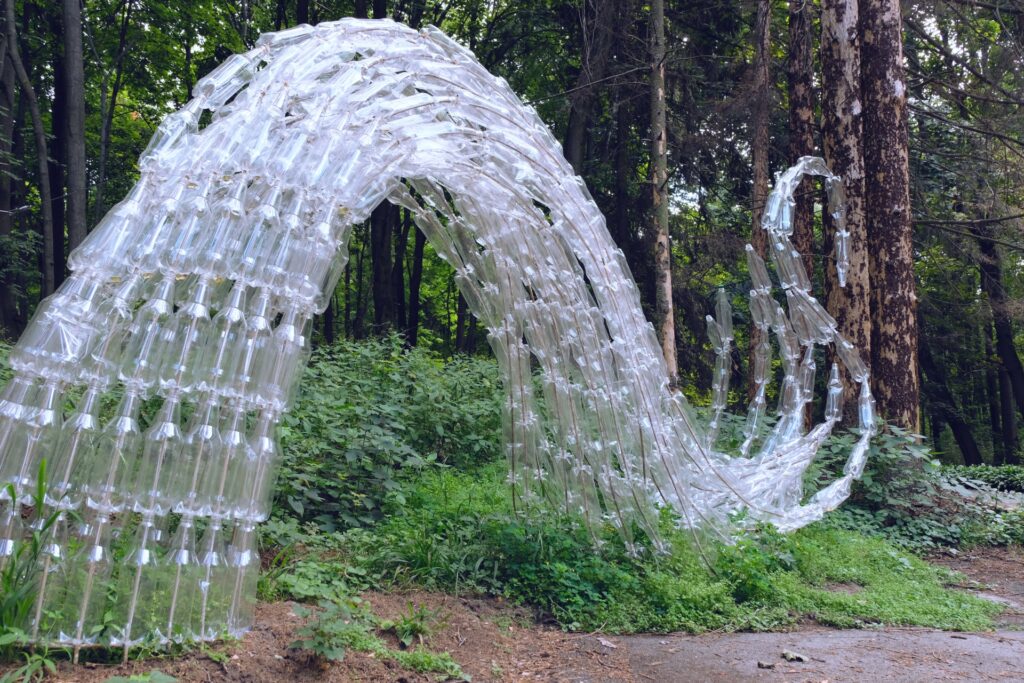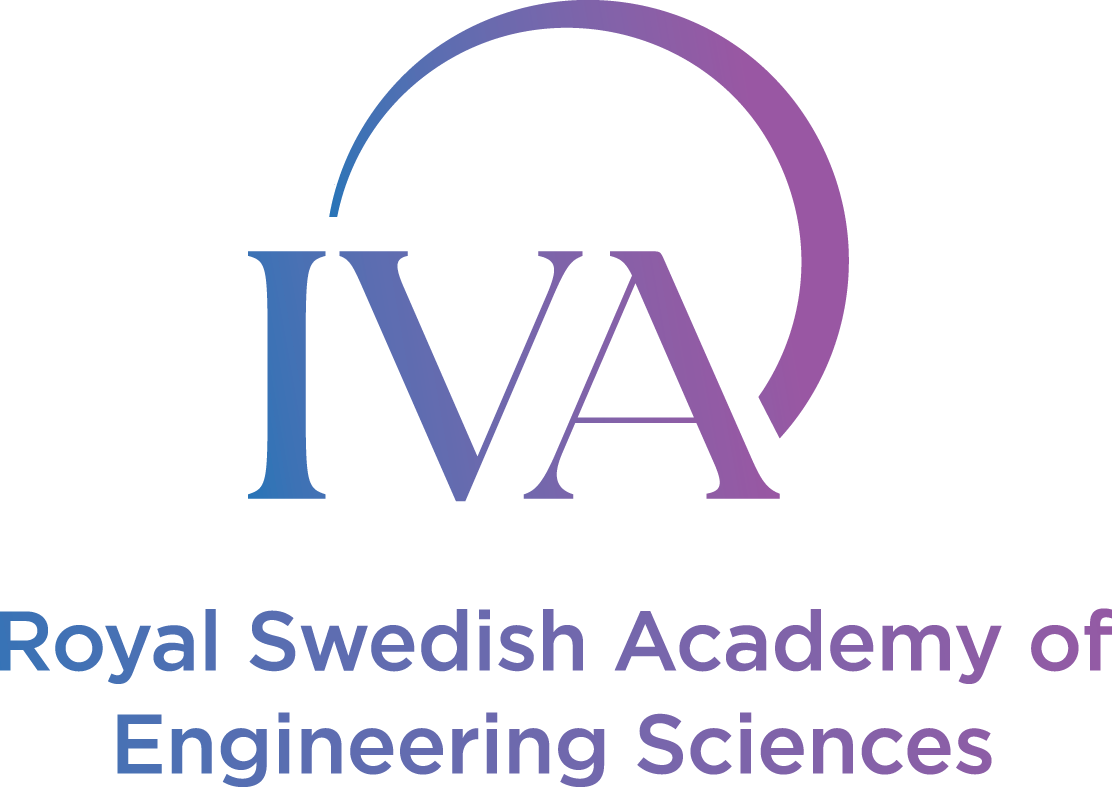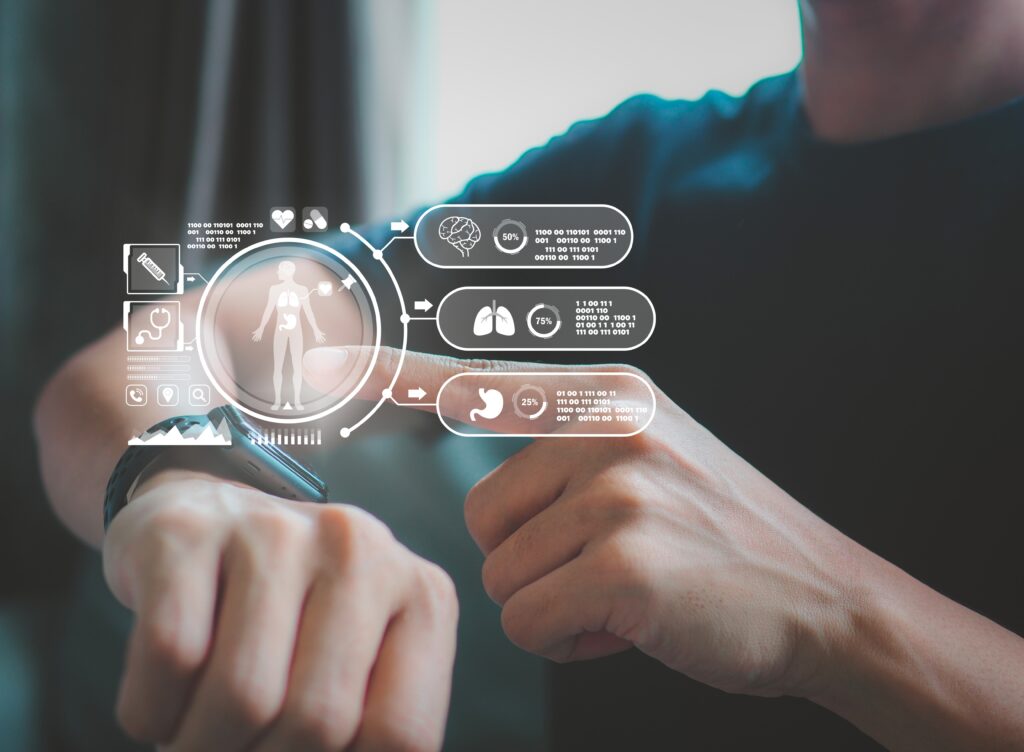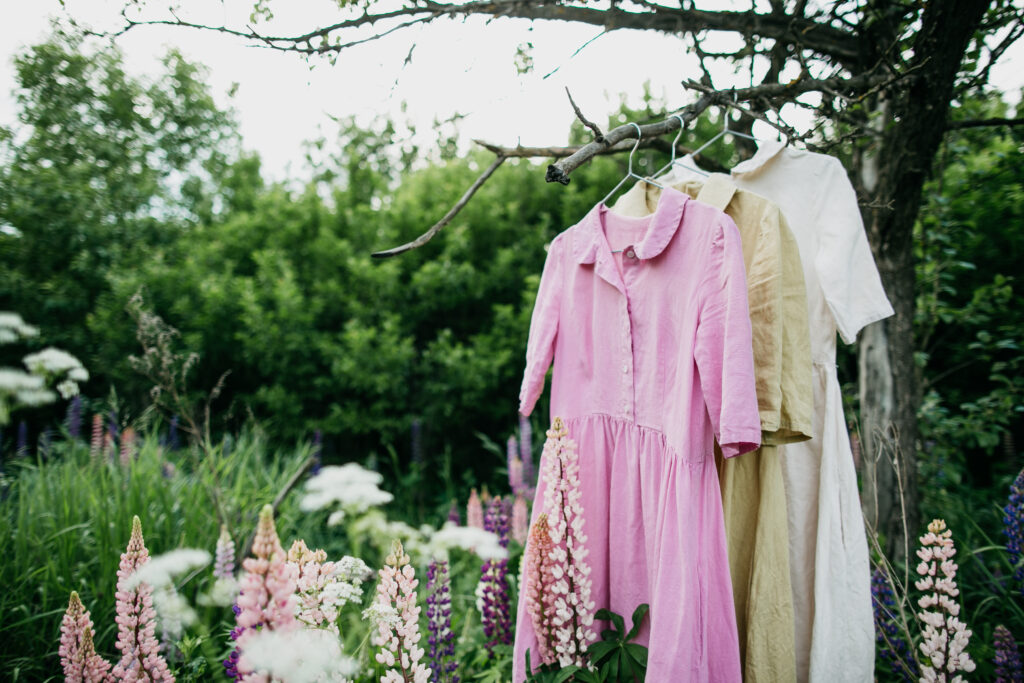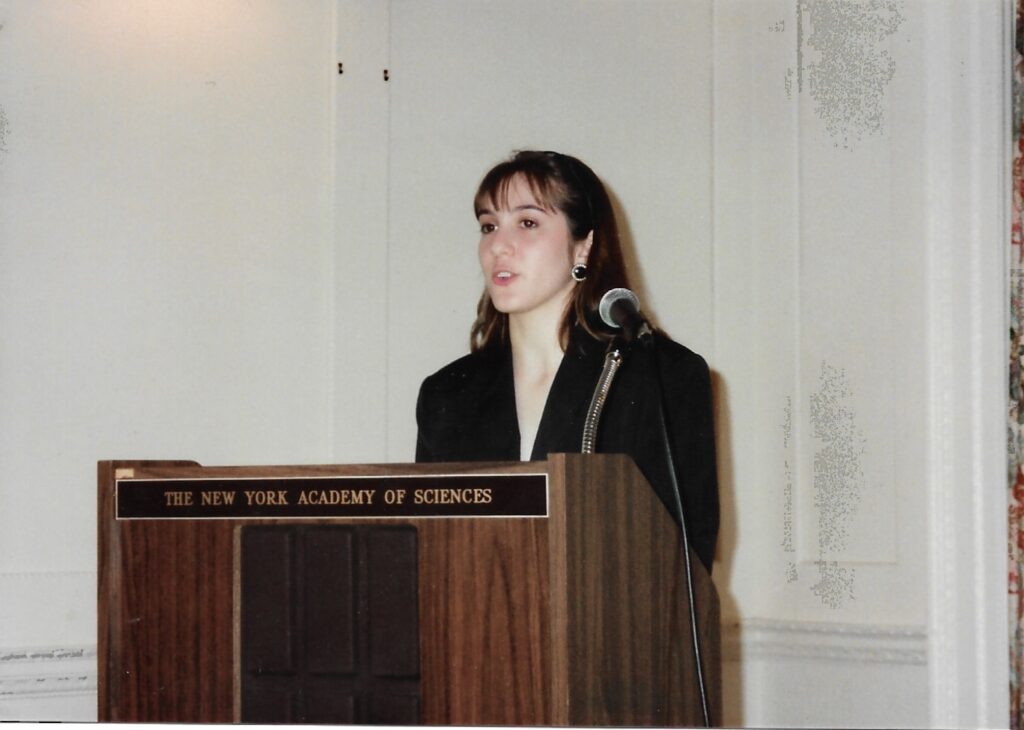
Rebecca Zolotor, PharmD, currently serves as dean and vice president for the School of Health Sciences at Purdue Global. Her passion for public health can be traced back to her time at the Junior Academy more than 30 years ago.
Published April 16, 2025
By Brooke Elliott

Dr. Rebecca Zolotor’s passion for science was ignited in ninth grade when she read The Double Helix by James D. Watson, his account of the discovery of DNA’s structure. This piqued an interest that led her to join The New York Academy of Science’s Junior Academy. There she was partnered with David Crandell, PhD, a researcher within the cardiovascular division of Lederle Labs.
Under the guidance of Dr. Crandall she quickly discovered a deep interest in research. At just 18 years old, she was included as a co-author on publications from her time working at Lederle Labs. Dr. Crandall also connected Rebecca to his mentor, the late Mario DiGirolamo, MD, a professor and researcher in the medical school, who was conducting research at Emory University. That connection was instrumental in her decision to attend Emory, where she continued to assist with research. “Their support allowed me to ask questions, make mistakes, and learn through observation and hands-on experience, shaping my growth and confidence in those formative years,” she said in reflection.
Applying Individual Skills to Team Success
Dr. Zolotor then worked under Keith Smith, EdD, for 15 years, who showed her how to combine diverse individual strengths to build a strong, cohesive team. He emphasized the importance of having a clear mission, where everyone understands how their contributions help drive the team’s success. “His guidance had a lasting impact on my professional growth and leadership approach,” she said.
The passion for science of the mentors and participants of the Junior Academy left a lasting impression on Dr. Zolotor. “I remember attending sessions at the beautiful building on 2 East 63rd Street (the home of the Academy from 1949 to 2006), surrounded by others who were just as eager to learn and make a difference,” said Dr. Zolotor, adding that it was “incredibly inspiring to be in that environment.”
Working Across the Globe
Dr. Zolotor’s time at the Junior Academy sparked a domino effect in her career. Her early experience with cardiovascular research opened her eyes to the critical role nutrition plays in overall health and quality of life, which inspired her to pursue an MS in nutritional science. This led to a post-graduate opportunity at the Australian Institute of Sport (AIS), where she co-led initiatives, including nutrition talks, supermarket tours, and cooking nights. From there, new opportunities led her to New Zealand, then Mexico, where she taught science courses at a university.
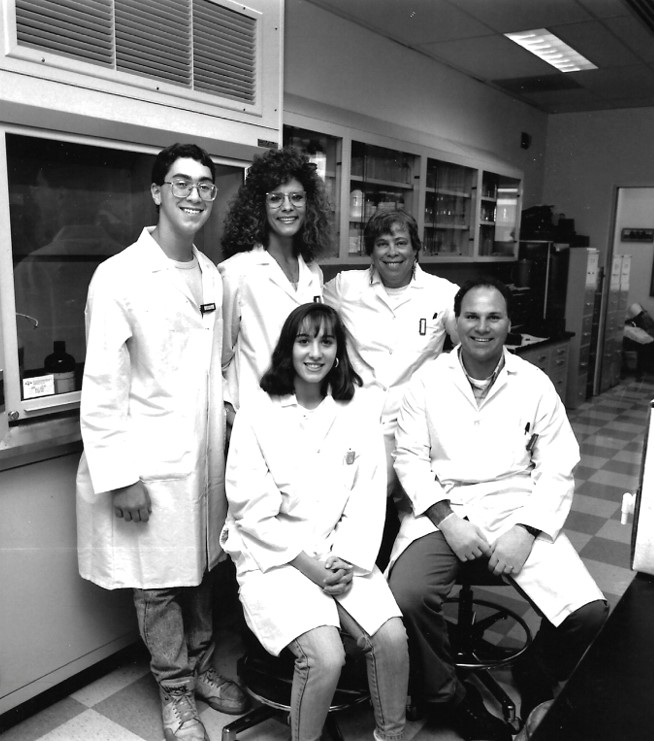
Dr. Zolotor’s earliest research stayed with her throughout these experiences. When she returned to the U.S., she worked at the Miami Veterans Administration Hospital, managing a clinical trial focused on diabetes while earning her doctorate in pharmacy. As a pharmacist, she advanced her career in leadership roles in pharmacy management, where she gained valuable skills in team building, operations, and strategic leadership. Still, she was seeking a role where she could make a broader impact, prompting her return to academia.
A Passion for Education and Online Learning
As dean and vice president of the School of Health Sciences at Purdue Global, Purdue University’s online university for working adults, she helps students develop the knowledge and skills needed to make meaningful contributions to diverse communities.
Her commitment to scale and using technology to reach more learners aligns with her current role at Purdue Global. Their work, especially with veterans and military leaders resonated with her work on clinical trials at the VA hospital.
Career Advice from Dr. Zolotor
“Whether pursuing research, teaching, or administration, the most impactful careers are shaped by a willingness to explore new ideas, adapt to change, and learn from every experience, even ones that do not turn out as you might have desired,” said Dr. Zolotor. “Ground yourself in empathy, good communication skills, and a clear sense of purpose.”
Some of Dr. Zolotor’s career-defining moments came from people who believed in her while challenging her, which she says helped her grow. Though her initial career goals of being a researcher for a pharmaceutical company did not go as expected, she feels grateful for the many opportunities that have come her way. She advises others to remain open to possibilities even if they do not directly align with their original plan. “There was no online education when I started out, so I never could have imagined my current career. But my path has led me to incredibly meaningful work,” she said.
Outside of STEM, Dr. Zolotor enjoys staying active, whether it be working out or spending time outdoors. A native of Brooklyn, NY, she also loves cooking and baking bread and has recently begun creating a cookbook with her children’s favorite recipes, exploring food plating and food photography.
Dr. Zolotor’s experience exemplifies the value of the Junior Academy. The connections and experiences made through the Junior Academy continue today.
The Junior Academy is now accepting applications for Fall 2025. Apply today!
